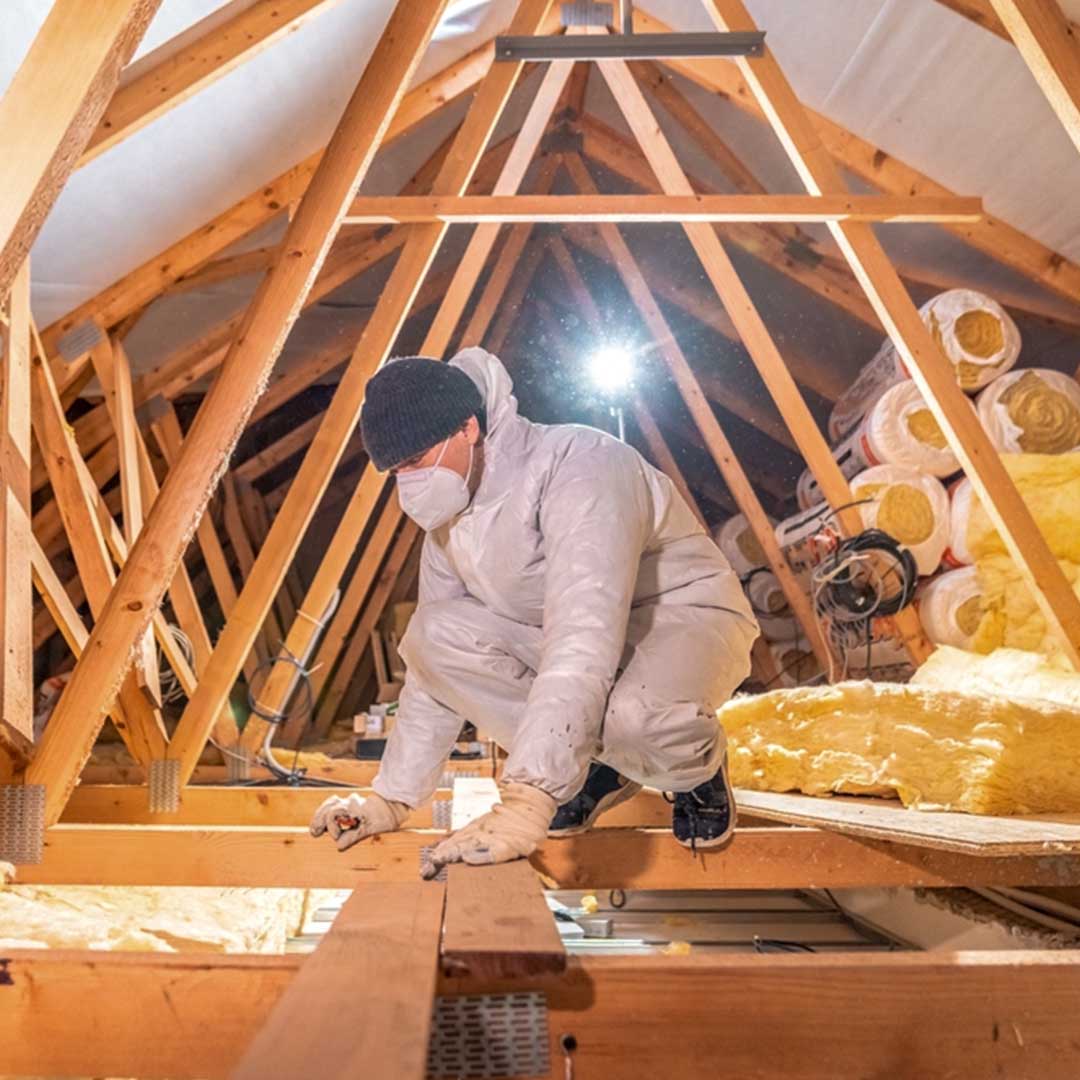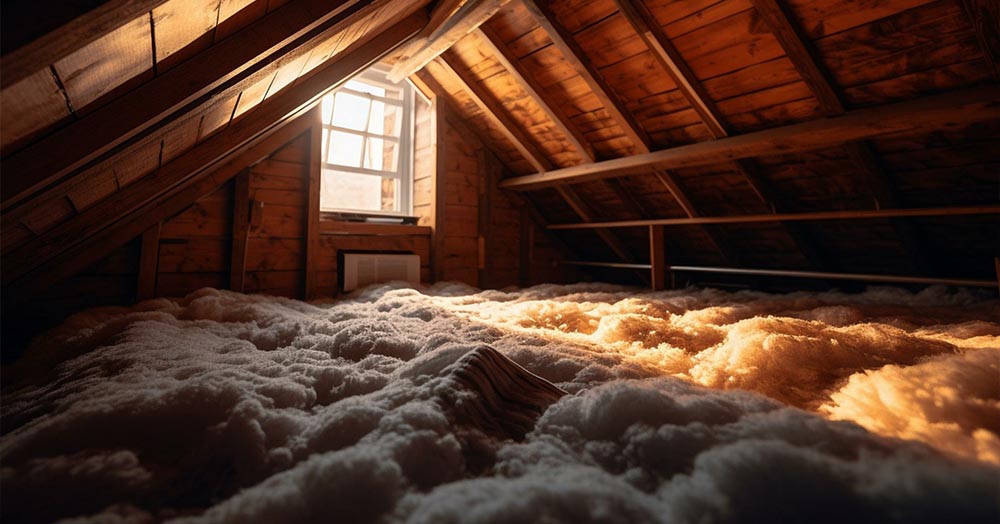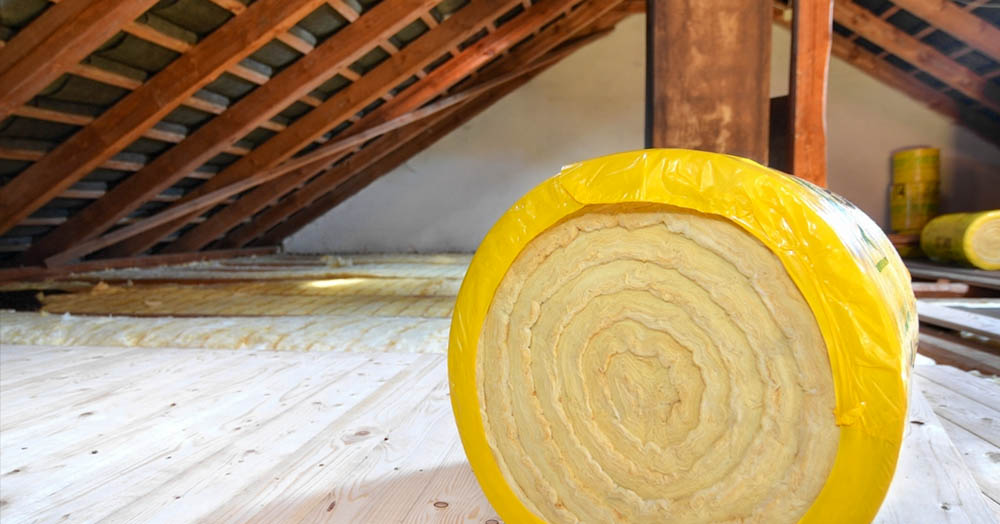
Loft insulation plays a crucial role in enhancing energy efficiency, reducing heat loss, and consequently lowering energy bills in homes. As homeowners seek to make their living spaces more energy-efficient, understanding the loft insulation cost becomes essential.
In this article, we’ll delve into key aspects such as loft insulation prices, quotes, and various factors that contribute to the overall cost.
Loft Insulation
Loft insulation involves adding a layer of material within the loft space, typically between the ceiling joists or over the loft floor. This acts as a barrier, preventing heat loss and maintaining a consistent indoor temperature. Popular insulation materials include mineral wool, foam insulation, and stone wool, each offering distinct advantages.
Benefits of Loft Insulation

Energy Bills Reduction
Investing in loft insulation translates into significant savings on energy bills. On average, homeowners witness a reduction of 15% to 20% in their heating costs after installing proper insulation.
Increased Energy Efficiency
Properly insulated homes contribute to overall energy efficiency. This not only reduces environmental impact but also aligns with modern sustainability goals.
Enhanced Thermal Performance
Loft insulation acts as a thermal barrier, preventing heat loss through the roof. This results in a more comfortable living space and a reduced need for constant heating during colder months which ultimately saves on bills.
Factors Influencing Loft Insulation Costs

Type of Insulation Material:
Loft insulation comes in various materials such as mineral wool, foam insulation, blown-in insulation, and stone wool. Each material has its unique properties and costs.
Thickness and Thermal Performance:
The thickness of the insulation, measured in millimeters (mm), directly impacts its thermal performance. Higher thickness often correlates with better insulation and increased costs.
Professional Installation:
Hiring a professional installer is advisable for optimal results. Professional installation costs contribute significantly to the overall loft insulation cost.
Loft Conversion Considerations:
If you’re planning a loft conversion, additional costs may be incurred to ensure insulation meets building regulations and standards.
Loft Insulation Materials and Their Costs
Here is a comparative overview of various loft insulation materials along with their approximate costs per square foot:
Cost Breakdown of Loft Insulation
The cost breakdown of loft insulation typically includes several components, each contributing to the overall expense.
Material Costs:
- Mineral Wool Insulation: £20-£25 per roll.
- Foam Insulation: £25-£35 per square meter.
- Blown-In Insulation: £15-£20 per square meter.
- Stone Wool Insulation: £25-£30 per roll.
Labor Costs:
- Professional Installer Fee: On average, professional installers charge £150-£300 per day.
- Installation Time: A typical loft insulation job may take 1-2 days, depending on the size and complexity of the space.
Other Costs:
- Additional Materials: This includes items such as fixings, adhesives, and vapor barriers, which can amount to £20-£50, depending on the project.
- Waste Disposal: If the installer is responsible for disposing of waste materials, there may be an additional cost of £20-£50.
Free Loft Insulation Available Through ECO 4 Scheme and GBIS
Loft insulation is one of the common measures covered by ECO schemes and GBIS .Under the ECO 4 Scheme, households meeting certain criteria, such as those with low income or vulnerable individuals, may qualify for free loft insulation.Similarly, in GBIS scheme, almost all people are eligible to apply. Energy companies or appointed service providers carry out the installation at no cost to the eligible homeowners or tenants.
Conclusion
Understanding the loft insulation cost involves considering various factors such as insulation material, thickness, and professional installation. While the upfront costs may vary, the long-term benefits, including energy savings and increased home comfort, make loft insulation a wise investment for homeowners. As the demand for energy-efficient homes rises, investing in quality loft insulation proves to be a smart and environmentally conscious choice.


